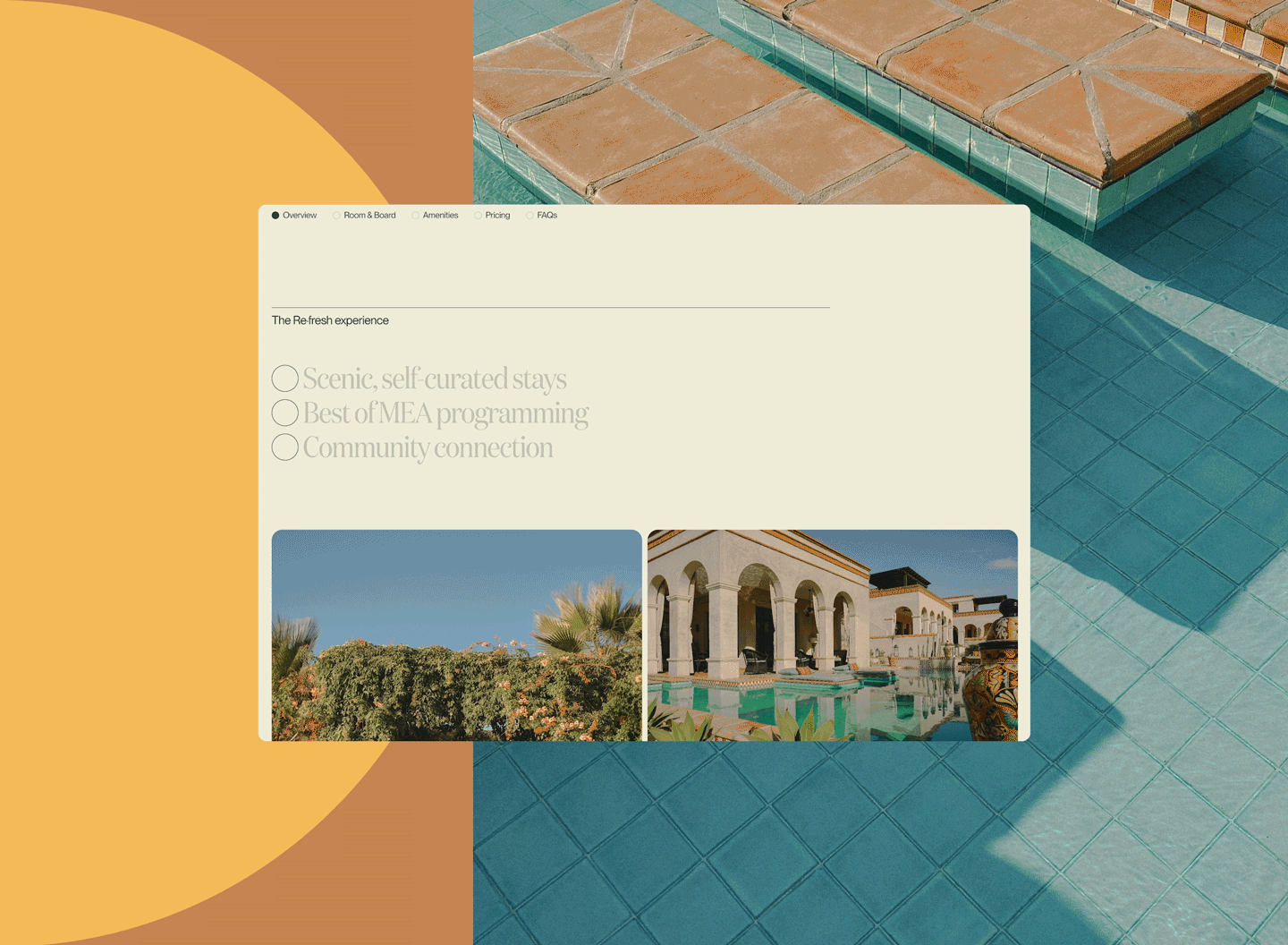AI and a new era of software
One of the cool things about the AI era is that it completes a cycle of software. Software began as point solutions for a select few, then evolved toward an era of systems solutions and packaged software, and now, with AI, is moving back to point solutions in a new way that's going to open up unlimited possibilities.
In software's first era, computers were expensive, specialized pieces of equipment that only a few could afford and even fewer knew how to use. Nevertheless, businesses and hobbyists began experimenting and thinking about how they could open up new possibilities with these systems.

Software distribution was nascent, and if it wasn’t written from scratch on site, it required vast amounts of configuration to provide value. Games in this era were distributed via hobbyist magazines and mailing lists, requiring the gamer to actually code the game themselves from printed instructions. Because they were point solutions, many of them were tailored to one use case exactly. Despite providing similar functionality, a California bank's digital system might be completely different from a New York branch, thanks to their respective underlying pre-digital infrastructures and human operating systems.

While this time was bottlenecked by capital, distribution, talent, and capabilities of the systems, it paved the way for the digitally-transformed world we live in today.
The next era was systems solutions. Platforms matured, costs lowered, and software became more accessible. This created a market for packaged physical software, solutions designed as systems that covered a majority of use cases and enabled vastly increased digital capabilities across society and the economy. This software wasn’t designed only for your bank or your school, but it worked well enough that many moved to these mass-distributed systems. Organizations and people that adopted mass software habituated themselves to its functionality, changing their behaviors to align with the system's requirements.

What was lost in customization was gained in affordability, efficiency, and speed of adoption. The bottlenecks of capital, distribution, and capabilities were vastly alleviated. Physical media evolved into the app stores and SaaS products we use today, allowing for an era of scale that created the Microsofts, Apples, Alphabets, Salesforces, and Oracles that are the world’s biggest companies today. The bottleneck of talent for designing and building these systems still remains, but one engineer can create much more value than if they were working on-site at one location to create one system.
This brings us to the third, current era: AI is making it possible for software to swing back toward point solutions, eliminating the bottlenecks of talent required to configure systems and making mass personalization possible. Not just personalization in the sense that a one-size-fits-all platform is customized for the last mile, but complete creation from scratch for use cases that would never be viable at scale but are exactly what one user needs.

We see this in platforms like Repl.it, Lovable, and Wabi, a very cool startup aiming to create a community app marketplace for these type of solutions. Calling this vibe coding seems too dismissive. It’s not just doing the work of “real” software engineers without the supporting background knowledge, it’s allowing a motivated or inspired individual without the previously specialized skill of software engineering to just make what they want, and for it to truly work.
Breaking down these final barriers is going to unlock a new era of diverse, interesting, and useful software and experiences that was previously unimaginable. I see it in design studios like Koto, building small pieces of software to generate unique visuals, or in a musician making a plugin that does exactly what she needs in the studio, or in someone like Joe Weisenthal using Cursor to make an app that organizes his desktop.
Systems solutions will still exist, and many of them live behind these new types of apps. Nobody is vibe coding an HFT system or an EHR for healthcare. But we’re going to start to see ideas get built that were previously impossible given the capital, talent, or market dynamics. There are a lot of potential benefits and drawbacks of the way that AI is being developed and deployed in the economy, but this culture shift is one we’re seeing the beginnings of TODAY. We're kicking off a new era of unprecedented creativity and opportunity, and I’m here for it.




